When I teach Gender and Women’s studies, I always begin with a discussion of what the field is. Many of my students do not know what a discipline is, or even a field of study, and definitely do not know there are different methodologies attached to different fields. I begin with Women’s Studies, as historically it exists as a discipline before Gender Studies.I often assign a section of the book Introducing Feminism from Jenainati and Groves. The book is a bit dated, it ends with Third Wave Girl Power, but it’s in comic book form and very easy to read and accessible.
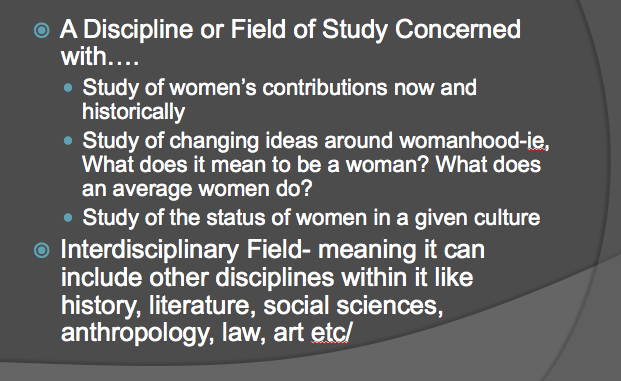
As many of my students are unfamiliar with WS I make sure to point out that WS is not necessarily feminism. Feminism is often a part of WS, but it is an political movement and an analytical tool. For example, while feminism seeks equality between the genders, one could study the contributions of women without an overt interest in this leading to some form of equality. It would still be Women’s Studies, but would lack the political and activist goals of most feminism.
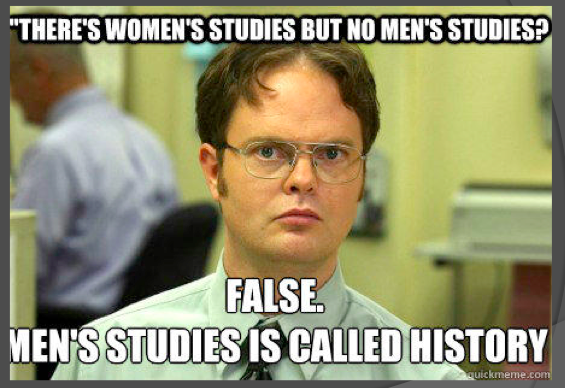
Women’s Studies emerged out of the Civil Right Movements of the 1960’s. It was an intervention into the educational institution through the offering of class that emphasized women, particularly the inequalities that women face.
I explain to my students that this may not seem particularly radical, but that is because they have grown up with the benefits that WS and the Women’s Rights/Civil Right’s movement’s secured for them. I remind them that the field, as a distinct field labeling itself Women’s Studies, is less than 50 years old. The first accredited classes were taught at Cornell in 1969, the first Women Studies program was established in 1970 at San Diego State University. Since then the field has exploded, with 2000 degrees in Women’s Studies being conferred in 2015.
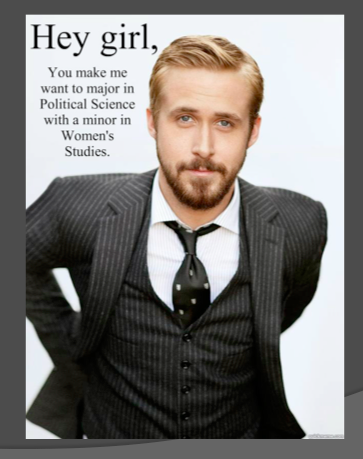
I ask my students why they think Women’s Studies has become so popular? And we usually arrive at a discussion of need, that WS is filling a void or a need. I ask them if they know of other programs that have come out of the Civil Right’s movement. Sometimes they know about Afro-Studies, more often than not they do not know that most of their favorite classes (Afro, Asian-Am, Chicana/o, Women, Gender, Queer, etc) come directly out of the Civil Rights Movement.
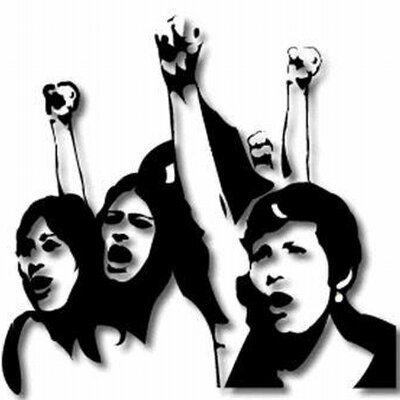
I emphasize to them that without the Civil Right Movement’s work in education and things like Title IX (which prohibits sex based discrimination in education) and Title VI (which prohibits race based discrimination in school) most of them would not be in my classroom. I wouldn’t be in my classroom both because classes like it didn’t exist and because there were, and continue to be, so few female professors. Moreover, if the women in my class were in college before the Women’s Rights movements, many of them would have been encouraged to go there not to pursue a career, but to get a husband and an M.R.S ( or Mrs. degree).

From Women’s Studies we move on to discuss the emergence of Gender Studies. Gender Studies comes also comes out of the Civil Right’s Movement and LGBTQ movements, but as a field of study doesn’t gain traction until the 1980’s and 1990’s when the need for a field to study sexuality and gender, as well as sex. Judith Butler was a pivotal figure in the creation of the field of Gender Studies, although gender had been a topic discussed by WS scholars and feminists like Simone de Beauvoir for a long time. 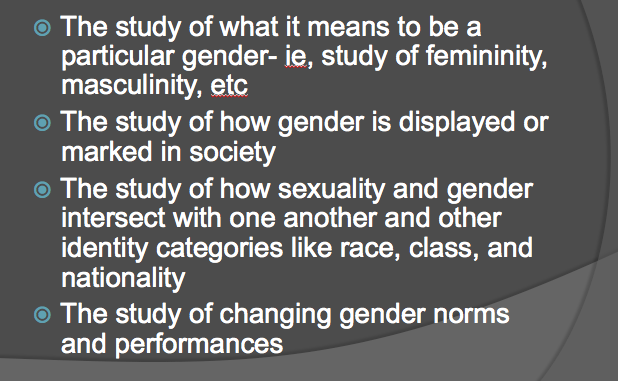
We discuss the fact that the field is shifting yet again, because academic disciplines and fields are almost always evolving to address contemporary concerns and contemporary student needs.

Where as WS has tended to study objects (eg. books written by women, art made by women, or women themselves) and GS had studied identities (eg. How does a black lesbian from South Africa navigate the health care system in her homeland, how does identity become visible through its performance and is it then the performance that creates identity), the filed has evolved to analyze things that do not appear to be immediately gendered, like space. Since WS and GS have evoled into an analysis of power and how power circulates, it can also analyze things that do not have the actors of power actually present. I use my classroom as an example: I ask my students to imagine a Pizza delivery person comes in- Who does he walk up to first? Me, at the front of the room standing, or one of you sitting at your desks. He comes to me, because it is presumed I am in charge because of the arrangement of space and bodies.

Now imagine, you walk into an empty classroom-like you did a few minutes ago- why did you sit at a desk and not the lectern? We know from the arrangement of space in the room who “belongs” where, even if the room is empty. Similarly, even when bodies are not present we know who belongs in a space.
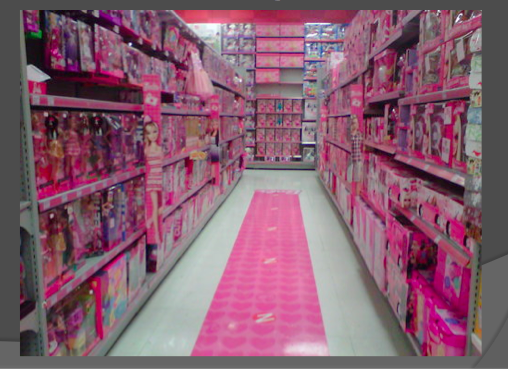
There are no bodies present in the space above, but we can tell who the space is intended for, we can almost here the high pitched squeals that would echo from here. The above “Barbie Aisle” is a pretty easily analyze space though, gender is very visible. But new feminist analysis look to spaces like the following:
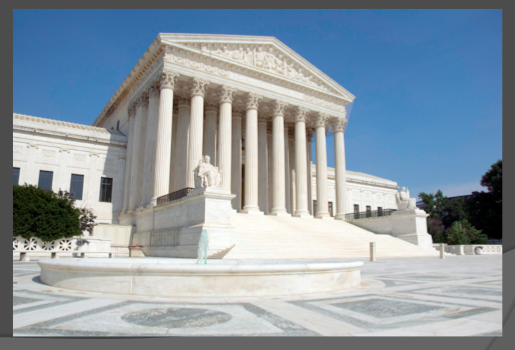
I ask my students who they think belongs in this space. They are usually very reluctant to answer- some I break it down, are the people you expect to see in this space male of female? I tell them we are relying on stereotypes for this activity, it’s not about who we want to see in the space, or who would actually be in the space, which could be anyone, but who the space is intended for. They usually say male- because they imagine there are lawyers or criminals here because it looks like some sort of court or legal building. I ask them what race the people are and the become more uncomfortable. I say, imagine this is the opening credits of Law and Order, what race are the lawyers? They say mostly white. Are there other races here? Yes, criminals are usually depicted as people of color, also there is usually a cop or a token lawyer who is a person of color. I ask them, about age (is this a place for children?), gender (do you expect to see someone who is not performing as cisgendered here? Do you think you will see a drag queen?), and then I ask them about ability.

Do you think you will see someone in a wheelchair here? They tend to look at me funny and then it slowly dawns on them that there is no ramp. I inevitably have a student say, well there has to be a ramp somewhere. To which I respond, yes, but do you think the space makes someone is a wheelchair feel welcome and included? Or do you think it would be stressful to have to figure out where the ramp is, and awkward to tell the people you are with that you will have to meet them inside because you have to go around to the side of the back of the building, and what if their appointment was on another floor and the elevator was out of order? And how much more time would it take to figure all of this out and navigate all of the obstacles. This gives them an opportunity to see how feminist analysis can be applied to things that do not necessarily look like they would fit in a GWS (Gender & Women’s Studies) course, but have to do with power and marginalization, which is at the heart of feminist analysis.
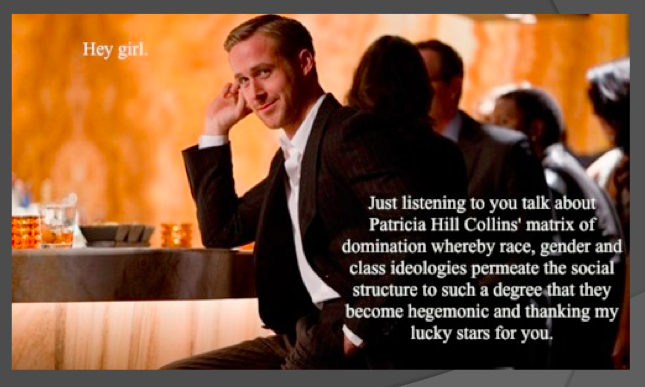
I end my discussion of the history of the field by having them watch the film On Strike: Ethnic Studies 1969-1999. This is a great film that looks at both the origins of Ethnic Studies at Berkeley with protests and walkouts in 1969 by students of color and women and the hunger strikes in 1999 by students who were protesting to keep their hard won ethnic studies programs. While GWS and Ethnic Studies continue to expand and services huge numbers of students around the country, those same programs are often first of the chopping block by administration who sees our contributions as trivial or just catering to special interests, instead of part of a long tradition of scholarship and activism by and for marginalized people and our communities at large. The film focuses on the students who refused to allow their university to cut programs that are vital to the inclusion and success of a diverse student population. I ask my students to think about the following while they watch the film:
- What does “The personal is political mean”? How does it relate to our readings and video? How can you connect the term to your own life?
- What are your thoughts on the student protesters from the On Strike video? Do you feel the same about the protester’s from the 1960’s as those from the 1990’s? Is their cause, the inclusion of gender and ethnic studies, worth protesting and fighting for? What do you think about their literal actions, like the use of sit ins, marches, and strikes, including a hunger strike?

My students often end up debating the ethics of hunger strikes, as well as a discussion about who should make decisions on university campuses. This is also a great place to ask them to reflect on college, why are they here, why did they choose this school, what is their role in the institution and in their own education? These are often questions that have never entered their minds: it’s an illuminating discussion for them and for me, since until I began asking them these questions, I assumed that my students knew a lot more about the institution like what an R1 school meant vs a teaching college, etc.
I find that this all give my students a good place to start from in terms of history, types of analysis, activism and what the rest of the class will look like. It also helps them put themselves into the material by thinking about their own role in institutions and education and how those can be activist activities and liberatory experiences.
Resources:
Women’s studies has changed over the years — and it’s more popular than ever
The History of Women’s Studies
‘The Evolution of American Women’s Studies’

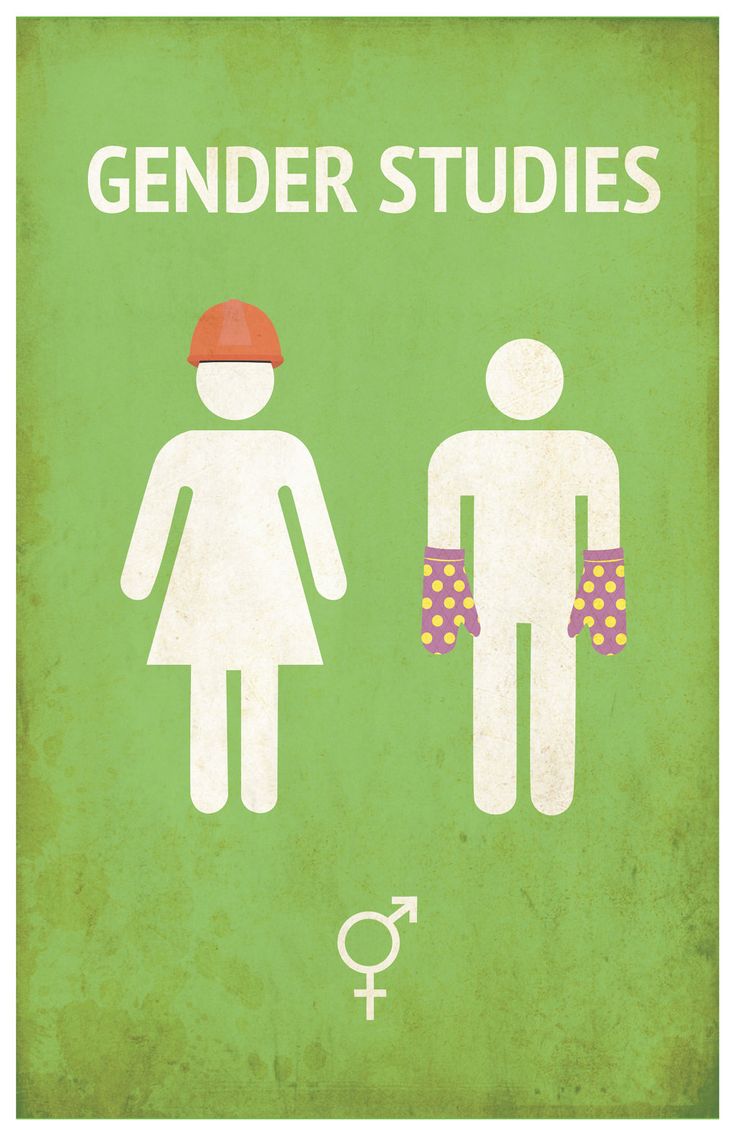
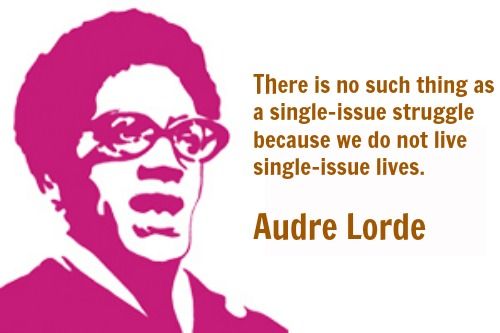
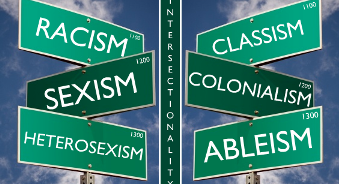
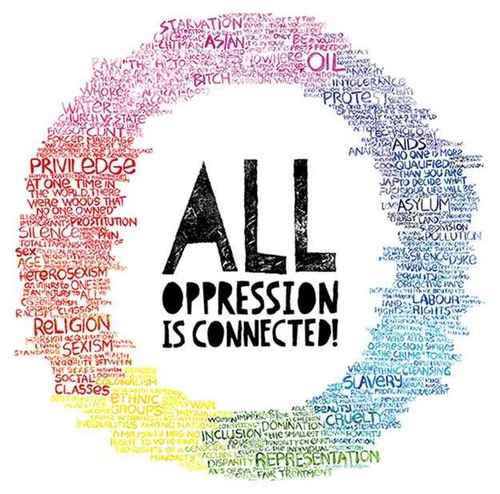





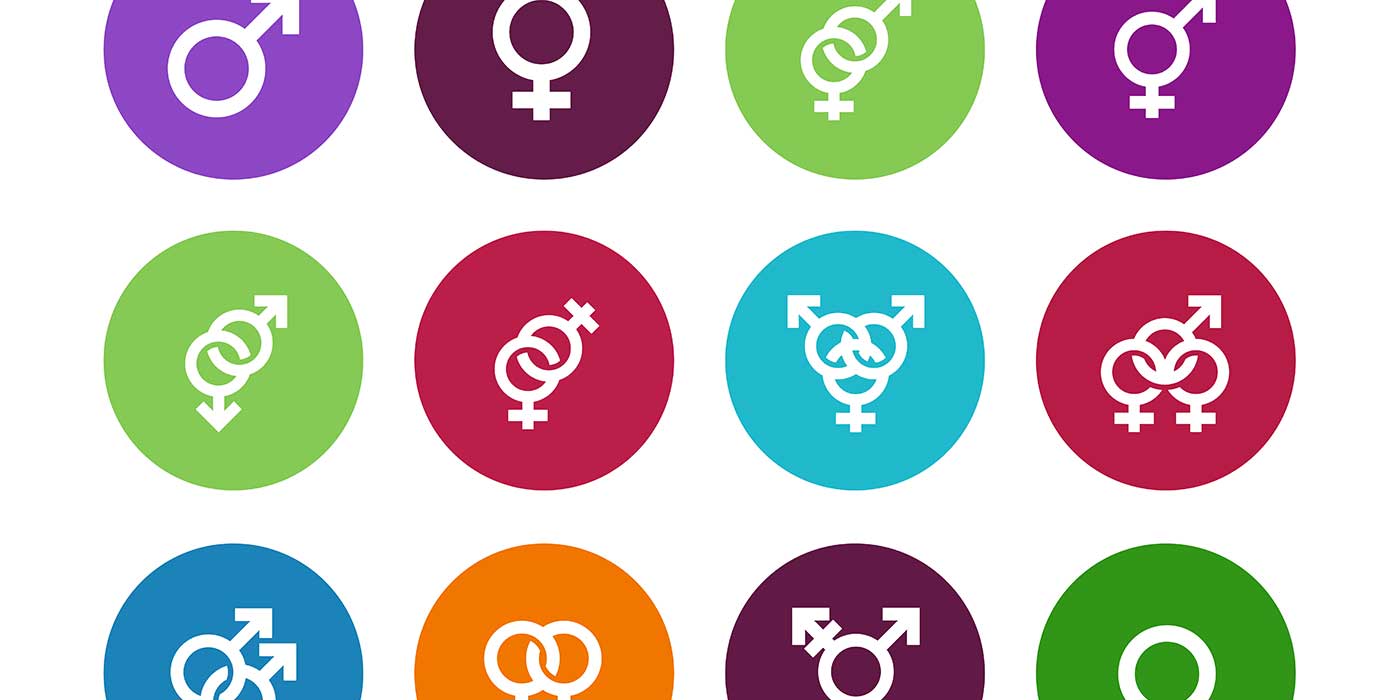








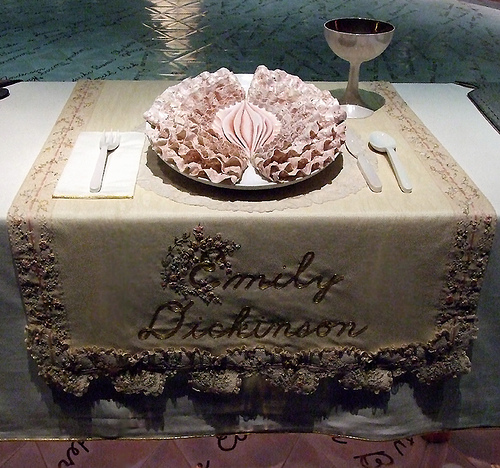
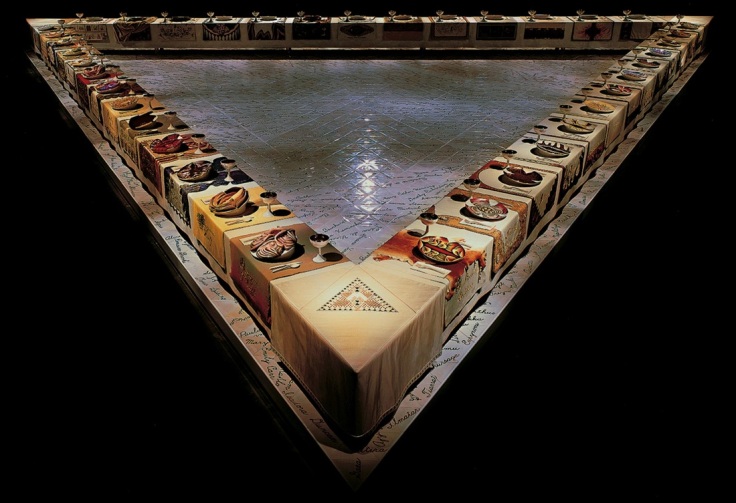

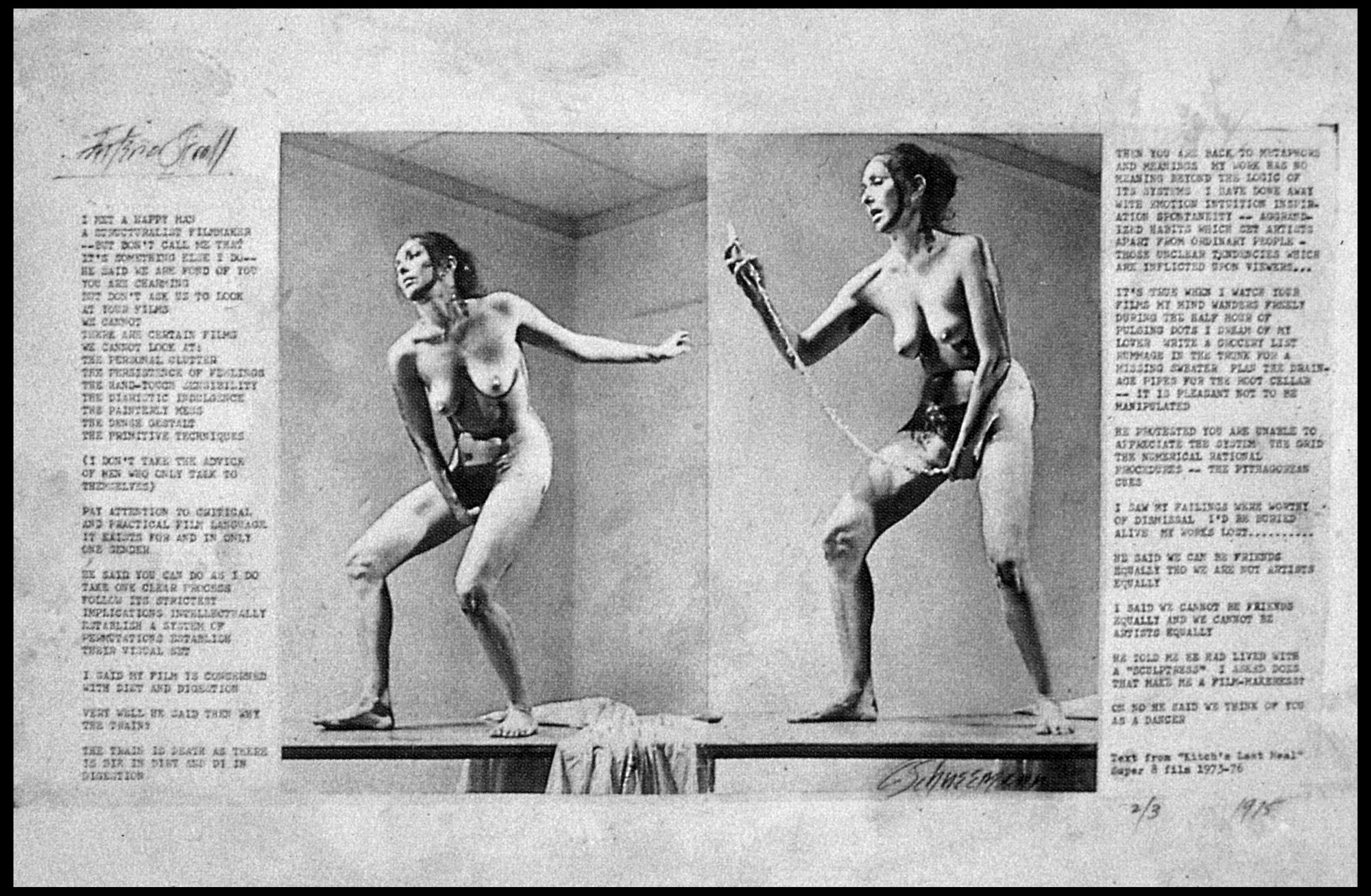

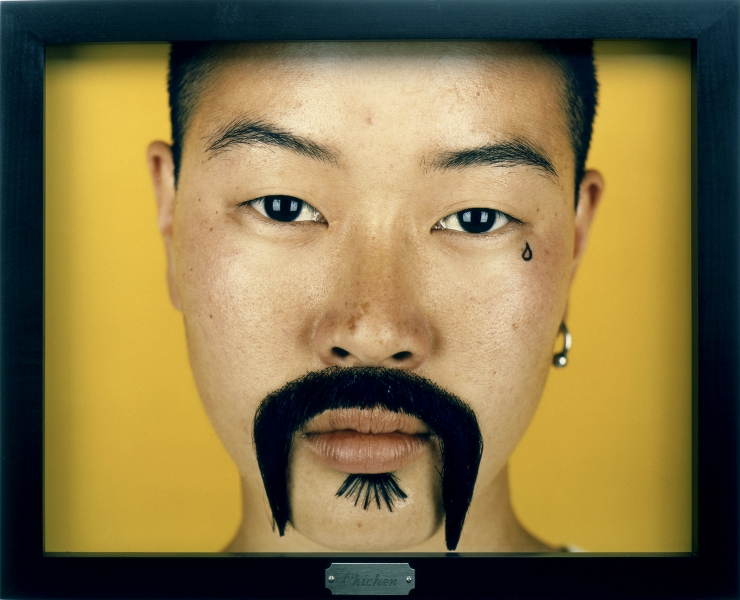

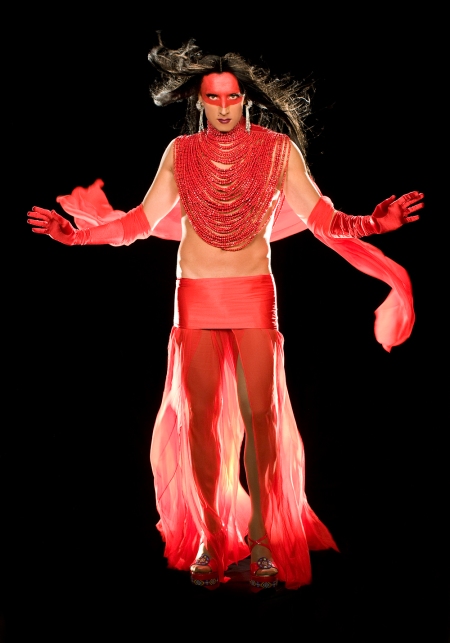


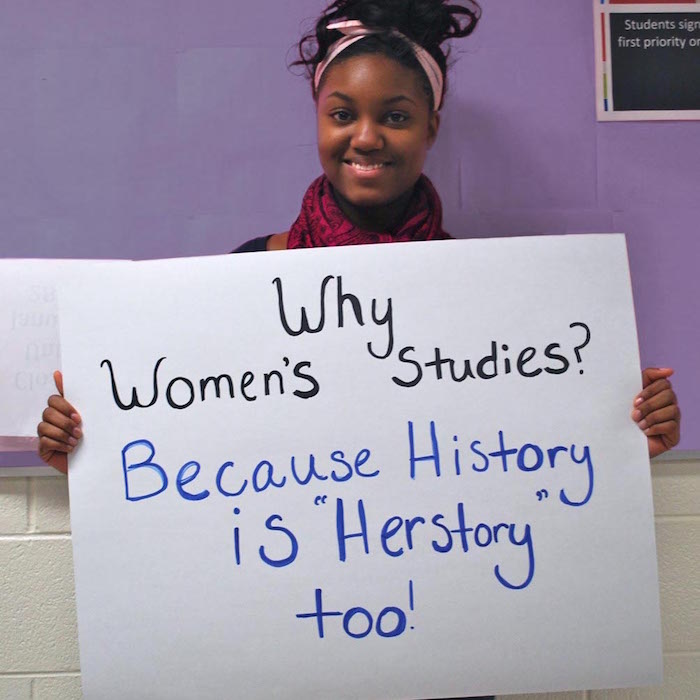















 A number of years ago as a teaching assistant, the professor I worked with would start each class with a music video. At the time, I thought this was a smart way to give the students time to settle into a big lecture class- it allowed those running late a couple minutes to slip in and gave the others something to do while waiting. In general, in centered the class, not something easy to do with a group of 200 students. Since then I have adapted this practice to my own small class room and have turned it into a critical thinking activity. I pick music videos from both popular and more indie artists to acquaint the students with new cultural productions. I also pick videos that somehow relate to each of my classes topics, or at least to a topic we have covered, so that the students see how ideas can be put into artistic productions, but also how ideas are spread through ideological apparatuses like the media. I then routinely ask my students, why I showed them this particular music video? What does it have to do with Gender studies? With our recent topics? I ask them, what might we be talking about today, based on the video? I continue by asking the students to ground their answers in the music videos- what about the videos- the lyrics, the images, the style, the artists’ identities, make them think that they are about X. The students often need some help going through some of the videos, but they really enjoy the process. If I don’t show a video, they often ask me why there is no video and they send me recommendations for videos along with a rationale as to why they should be included. I will be posting a series here on the videos I use, what I connect them to, why I use them, and what I ask my students to think about with each video.
A number of years ago as a teaching assistant, the professor I worked with would start each class with a music video. At the time, I thought this was a smart way to give the students time to settle into a big lecture class- it allowed those running late a couple minutes to slip in and gave the others something to do while waiting. In general, in centered the class, not something easy to do with a group of 200 students. Since then I have adapted this practice to my own small class room and have turned it into a critical thinking activity. I pick music videos from both popular and more indie artists to acquaint the students with new cultural productions. I also pick videos that somehow relate to each of my classes topics, or at least to a topic we have covered, so that the students see how ideas can be put into artistic productions, but also how ideas are spread through ideological apparatuses like the media. I then routinely ask my students, why I showed them this particular music video? What does it have to do with Gender studies? With our recent topics? I ask them, what might we be talking about today, based on the video? I continue by asking the students to ground their answers in the music videos- what about the videos- the lyrics, the images, the style, the artists’ identities, make them think that they are about X. The students often need some help going through some of the videos, but they really enjoy the process. If I don’t show a video, they often ask me why there is no video and they send me recommendations for videos along with a rationale as to why they should be included. I will be posting a series here on the videos I use, what I connect them to, why I use them, and what I ask my students to think about with each video.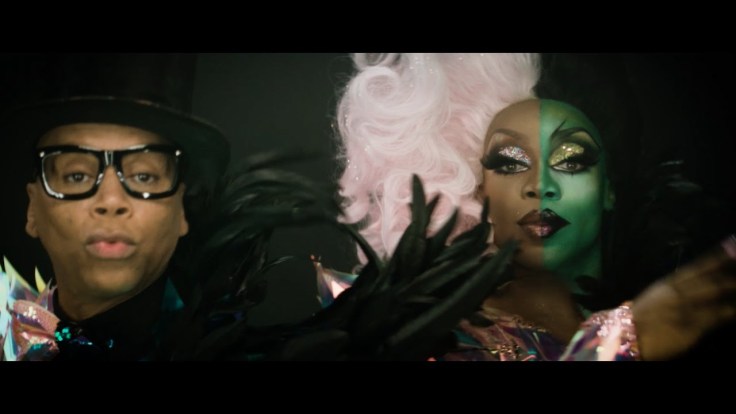


You must be logged in to post a comment.